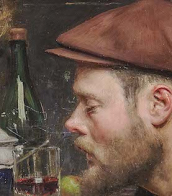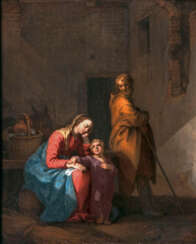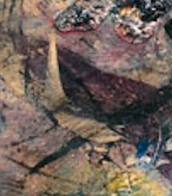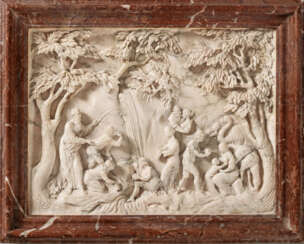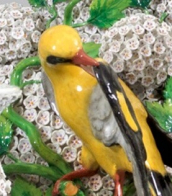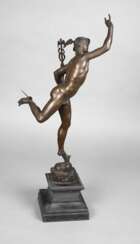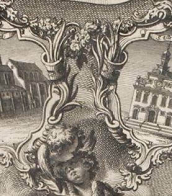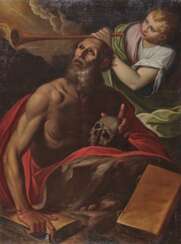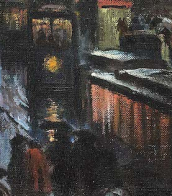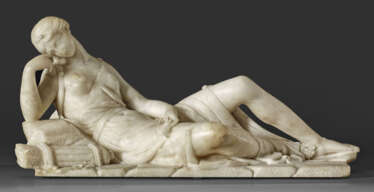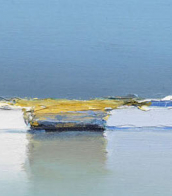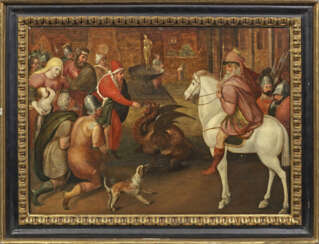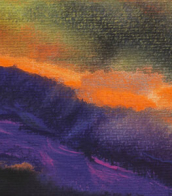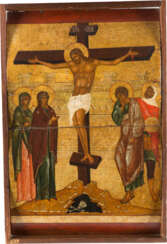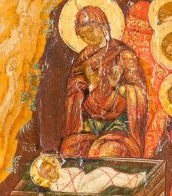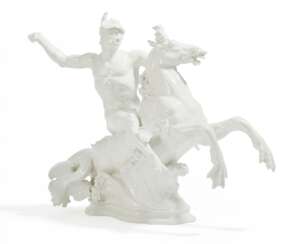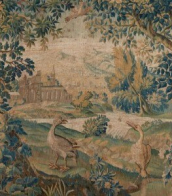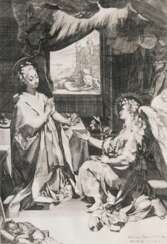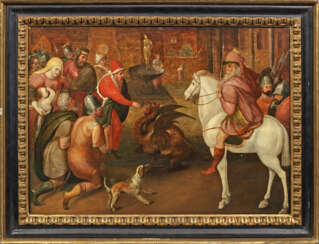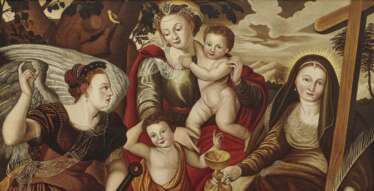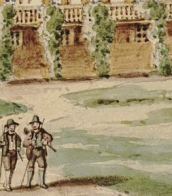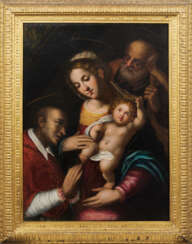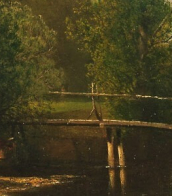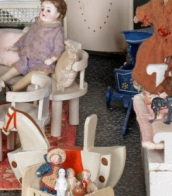manierismus
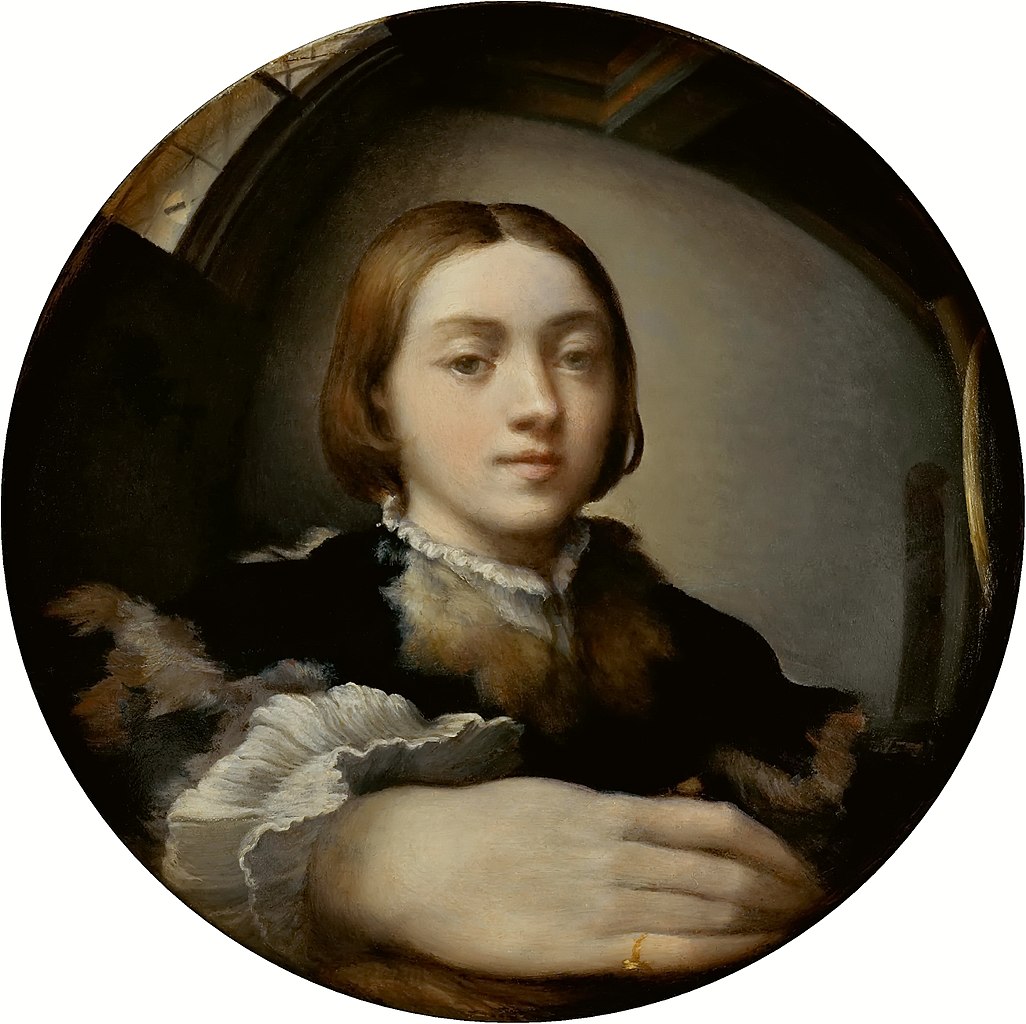
Parmigianino, an Italian Mannerist painter born Girolamo Francesco Maria Mazzola, was a pivotal figure in the development of the Mannerist style, known for his sophisticated and elegant approach to painting. He was a leading figure in Parma's art scene following Correggio and had a significant influence on the artistic developments during the post-High Renaissance period through his expressive and stylish works.
Parmigianino's journey as an artist took him from Parma to Rome and then to Bologna, with his last years spent in Parma. His works, including the renowned "Madonna with the Long Neck," display a unique blend of grace and elegance, coupled with an idiosyncratic use of elongation and distortion, typical of Mannerist aesthetics. This painting, in particular, is noted for its unusual composition and the elongation of figures, embodying the Mannerist style's departure from the proportional norms established during the Renaissance.
He was also an early Italian etcher, utilizing this technique to express the spontaneity of an artist's hand. His etchings and drawings had a considerable influence on printmaking and the visual arts in Italy and Europe. In addition to his paintings, Parmigianino's contributions to the arts include his work in the church of the Steccata in Parma and his innovative approach to integrating painting with architectural elements.
For art collectors and experts, Parmigianino's work represents a critical link between the High Renaissance and the emergence of Baroque and Rococo styles, offering a unique insight into the evolution of European art. His works continue to be celebrated for their originality and mastery, making him a subject of enduring interest in the study of art history.
For those interested in exploring Parmigianino's contributions to art further, subscribing to updates from art institutions or platforms specializing in Renaissance and Mannerist art could provide valuable insights into his life, works, and ongoing exhibitions or sales of his artworks.
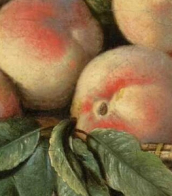
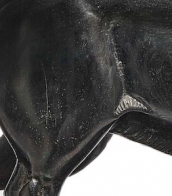
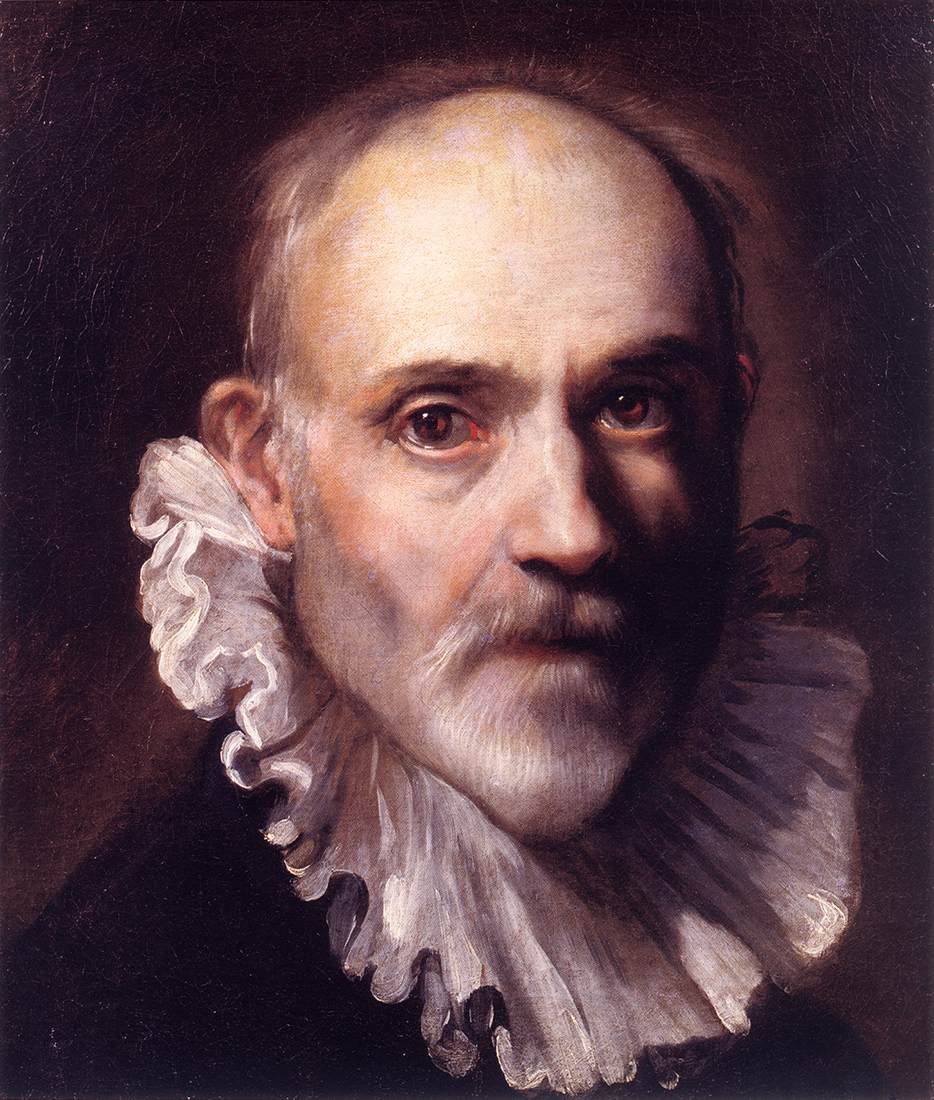
Federico Barocci, an Italian Renaissance painter and printmaker, was celebrated for his vibrant use of color and dynamic compositions. Born around 1533 in Urbino, Italy, a hub of Renaissance culture, Barocci's early life was steeped in the rich artistic heritage of the time. His training included an apprenticeship with his father, a sculptor, and later with notable artists such as Battista Franco Veneziano and Taddeo Zuccari.
Federico Barocci's work, known for its emotional intensity and use of light, positioned him as a critical link between the Mannerist style of the 16th century and the emerging Baroque period. His paintings often depicted religious scenes, imbued with a warmth and spirituality that resonated with viewers. His unique approach to color and composition had a significant influence on later artists, including the Baroque masters Peter Paul Rubens and Gian Lorenzo Bernini.
Despite suffering from chronic illness, possibly due to poisoning, Federico Barocci's output remained prolific and influential. His works can be found in several prestigious galleries, including the Uffizi in Florence, where his "Madonna del Popolo" and "Martyrdom of Saint Vitale" are displayed. These pieces, along with others like "The Deposition" in the Cathedral of Perugia and "Noli me Tangere" in Munich, showcase his mastery in portraying human emotion and divine radiance.
Collectors and experts in art and antiques will appreciate the depth and innovation of Federico Barocci's work. His legacy as a master colorist and draughtsman is undeniable, making his pieces a valuable addition to any collection.
To stay updated on sales and auction events related to Federico Barocci, sign up for our exclusive updates. This subscription ensures you're the first to know about new opportunities to acquire works connected to this remarkable artist.
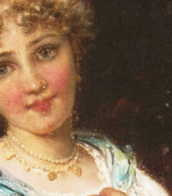
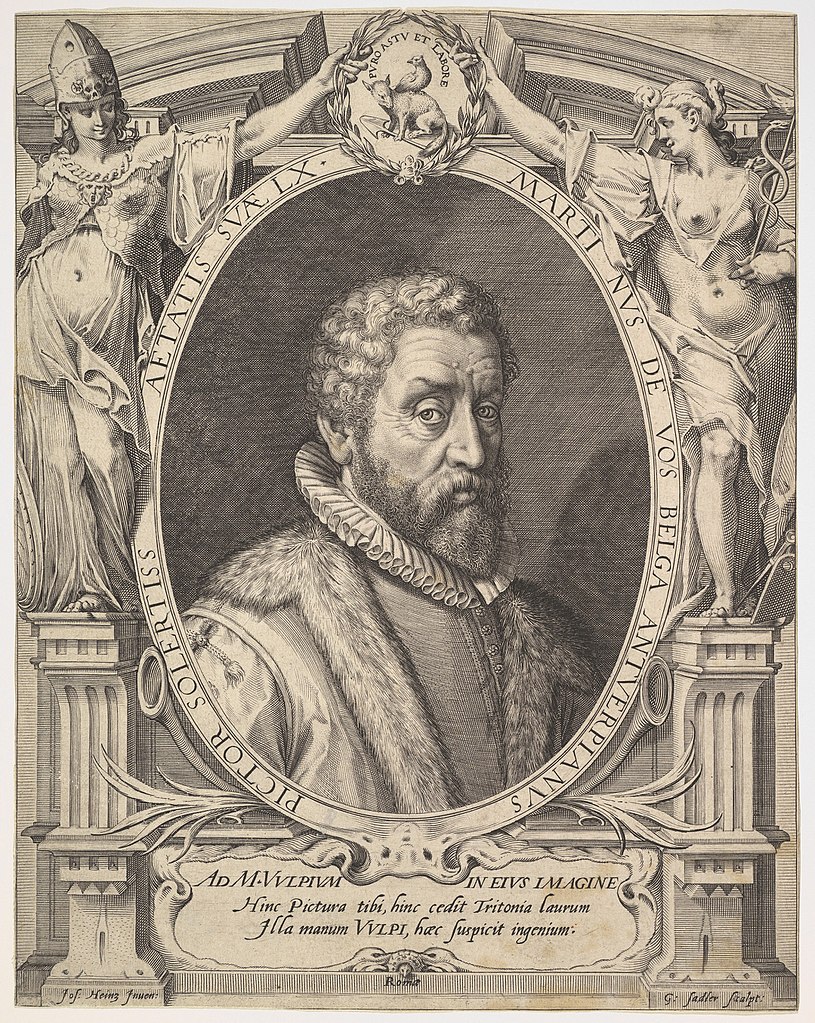
Marten de Vos (or Maarten de Vos, or Maerten de Vos) was a Dutch painter, draughtsman and graphic artist, dean of the Antwerp Guild.
After studying in Rome and Venice, de Vos returned to his native Antwerp in 1558 and became one of the city's leading artists. He created altarpiece images for many of Antwerp's churches. Many of his religious and historical paintings were later engraved, making him known throughout Flanders.
De Vos was also the founder of the Society of Romanists, whose members were famous artists and humanists of the time who appreciated the humanistic culture of Rome.
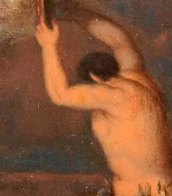
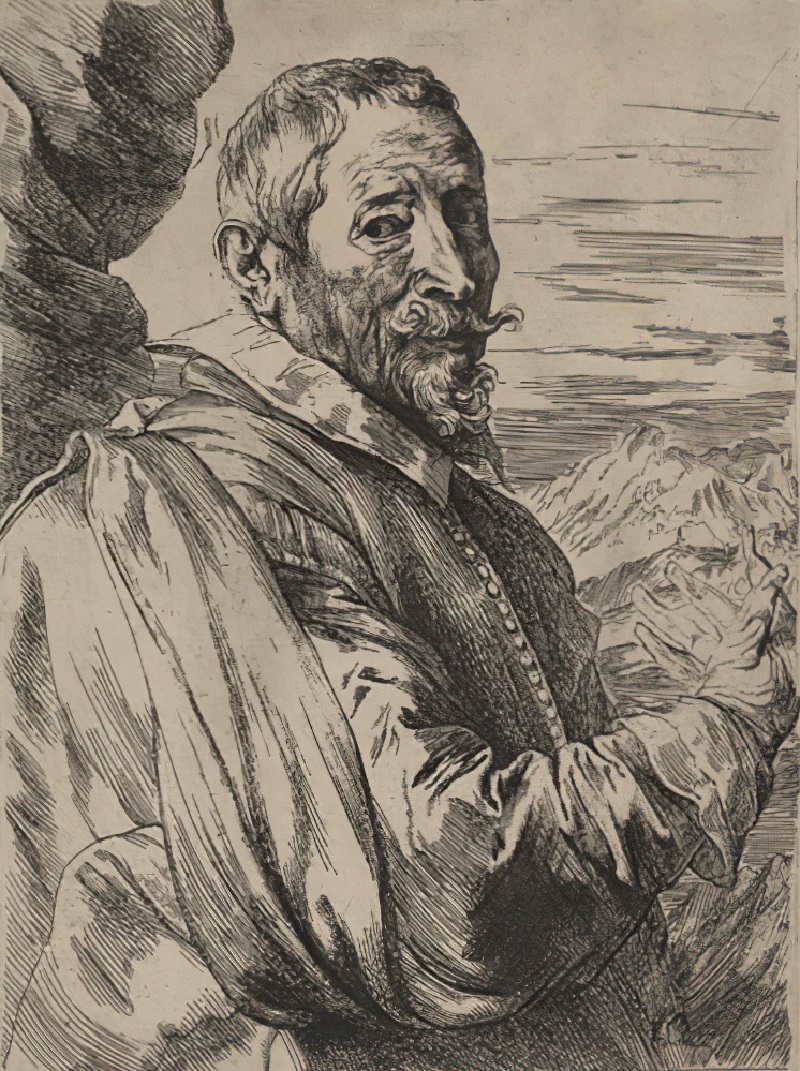
Joos de Momper the Younger was a Flemish landscape painter active in Antwerp between the late 16th century and the early 17th century. Brueghel's influence is clearly evident in many of de Momper's paintings. His work is situated at the transition from late 16th-century Mannerism to the greater realism in landscape painting that developed in the early 17th century. He achieved considerable success during his lifetime.

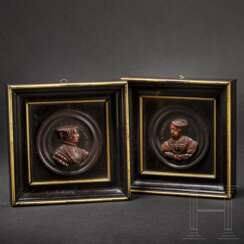

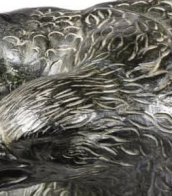
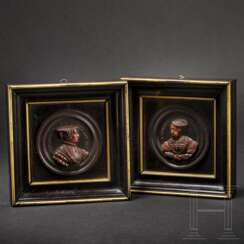

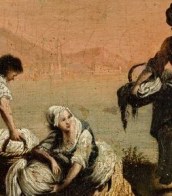



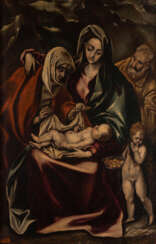

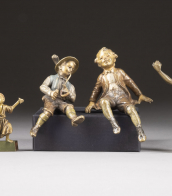
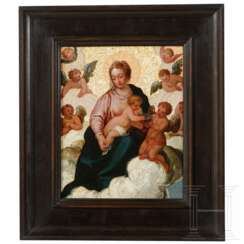

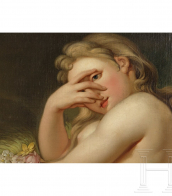


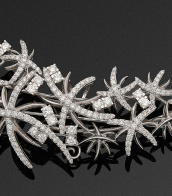
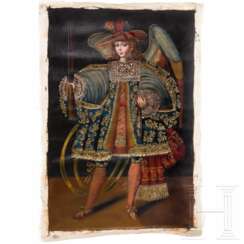

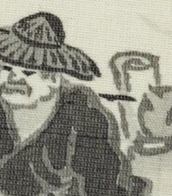
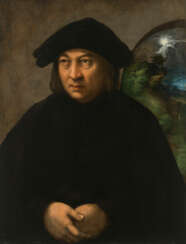

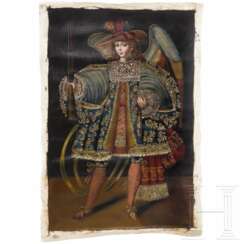


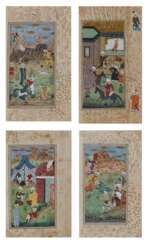

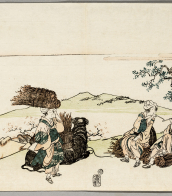
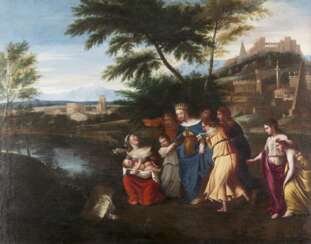

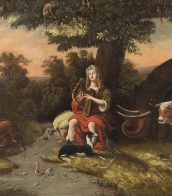


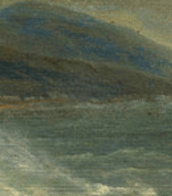
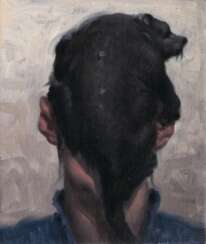

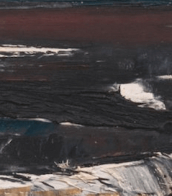
![Schule von Fontainebleau Ende 16. Jahrhundert. Gabrielle d'Estrées (um 1570 Schloss Coeuvres [Picardie] - 1599 Paris)](/assets/image/picture_214508/ed584/rhcygwoxvgwkbsr1etliaemrqvcqwe1dqvvjf67329tiatmsu76kvkbiq1lv0y1529445046jpg__fix_374_244.jpeg)
![Schule von Fontainebleau Ende 16. Jahrhundert. Gabrielle d'Estrées (um 1570 Schloss Coeuvres [Picardie] - 1599 Paris)](https://veryimportantlot.com/assets/image/picture_214508/ed584/rhcygwoxvgwkbsr1etliaemrqvcqwe1dqvvjf67329tiatmsu76kvkbiq1lv0y1529445046jpg__fix_374_244.jpeg)
